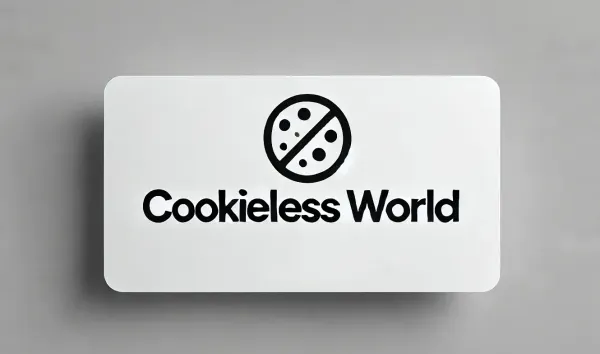How Small Firms Can Build Better Client Relationships at Scale

If you run a small B2B or luxury service business — whether you're in architecture, interiors, consulting, wealth advisory, or professional services — your best opportunities usually don’t come from someone searching online.
They come from people who already know you, or who’ve heard about you from someone they trust.
Yet most marketing efforts focus on capturing the small percentage of people who are actively looking to buy — the ones already “in market.” But what about the far larger group who aren’t ready just yet, but might be an ideal client in three months, six months, or next year?
That’s where demand generation comes in. It’s not about fighting over the same short-term opportunities — it’s about building visibility, trust, and relevance before the need arises.
And for small, time-pressed teams, that’s where automation — used thoughtfully — can help you stay present without burning out.
The Opportunity for Relationship-Driven Businesses
Most small firms I work with already grow through relationships and word of mouth. They don’t need hundreds of new enquiries. They need the right people — often already in their wider network — to know they exist and remember them when it matters.
The challenge is keeping in touch with former clients, warm contacts, and collaborators while managing the demands of live projects.
This is where smart, light-touch automation can help you stay visible in the right places, at the right time — without compromising the personal feel that defines your business.
1. Stay Front of Mind — Without Pushing
Your future clients might not be ready to take action right now — but that doesn’t mean they won’t be. Staying top of mind in a helpful, relevant way is what builds long-term opportunity.
How:
- Set up a monthly email or short insights series to stay in touch with your network.
- Use tools like MailerLite, ConvertKit or Klaviyo to automate and personalise delivery.
- Repurpose client conversations, FAQs, or project updates into short, useful updates.
Example:
A luxury travel firm sends a monthly inspiration email to past clients and prospects. There’s no hard sell — just curated stories and ideas. A booking often follows weeks or months later.
2. Create a Simple Nurture Path for New Contacts
If someone downloads a guide or follows your business on LinkedIn, they may be interested — just not yet ready to engage. A thoughtful follow-up path keeps the connection warm.
How:
- Offer something helpful in exchange for an email — a checklist, insights guide or mini case study.
- Set up a short 3–4 part email series using FloDesk or ConvertKit, designed to inform, not push.
- Make it easy for them to reach out when the time feels right.
Example:
A boutique interior design studio offers a guide: “5 things to know before starting a high-end renovation.” Those who download it receive a short follow-up sequence with past project examples, timelines and advice — leading to enquiries several months later.
3. Use Signals to Time Your Outreach
You don’t need to follow up with everyone all the time. But when someone revisits your case studies or reopens an email, that’s a moment worth noticing.
How:
- Use tools like Make (Integromat) or Zapier to track key activity across your website and emails.
- Set up alerts or simple automations that notify you when someone re-engages with content.
- Reach out with something relevant — a new project example, an article, or an offer to chat.
Example:
A strategy consultant is alerted when someone clicks through their pricing page twice in a week. They follow up with a note: “Saw you were exploring options — thought this case study might be useful.” It leads to a call without feeling like a sales pitch.
4. Reconnect with Past Clients and Warm Connections
Some of your best future work may come from people who’ve already trusted you once — but time passes, and even strong relationships fade without a nudge.
How:
- Set up a simple check-in flow six to twelve months after project completion.
- Share what’s new in your business, or simply ask how things are going.
- Use Capsule, Pipedrive or a similar CRM to track who’s due for a follow-up.
Example:
A creative agency sends a friendly re-engagement email nine months after completing a branding project, offering a no-pressure strategy review. The result: repeat work and referrals.
Automation Should Support Relationships, Not Replace Them
If you run a relationship-driven business, automation might feel at odds with your values. But done right, it’s not about replacing you — it’s about helping you show up more consistently and meaningfully, even when you're busy.
It creates space for the right conversations — at the right time — and helps ensure the people who already know you, remember you.
How I Can Help
I work with small B2B and luxury service firms to modernise their marketing functions — helping them build demand, create visibility, and improve consistency using the resources they already have.
If you're looking to move from one-off campaigns to a more strategic, relationship-driven marketing approach — and want to explore how automation and content can support that — let’s have a conversation.
Visit bradfitchew.com or drop me a message to book a quick call.




